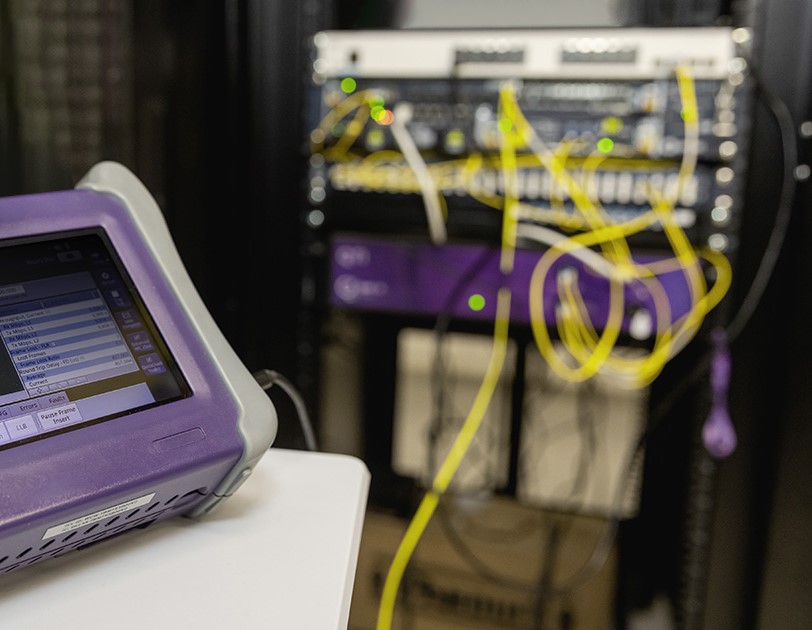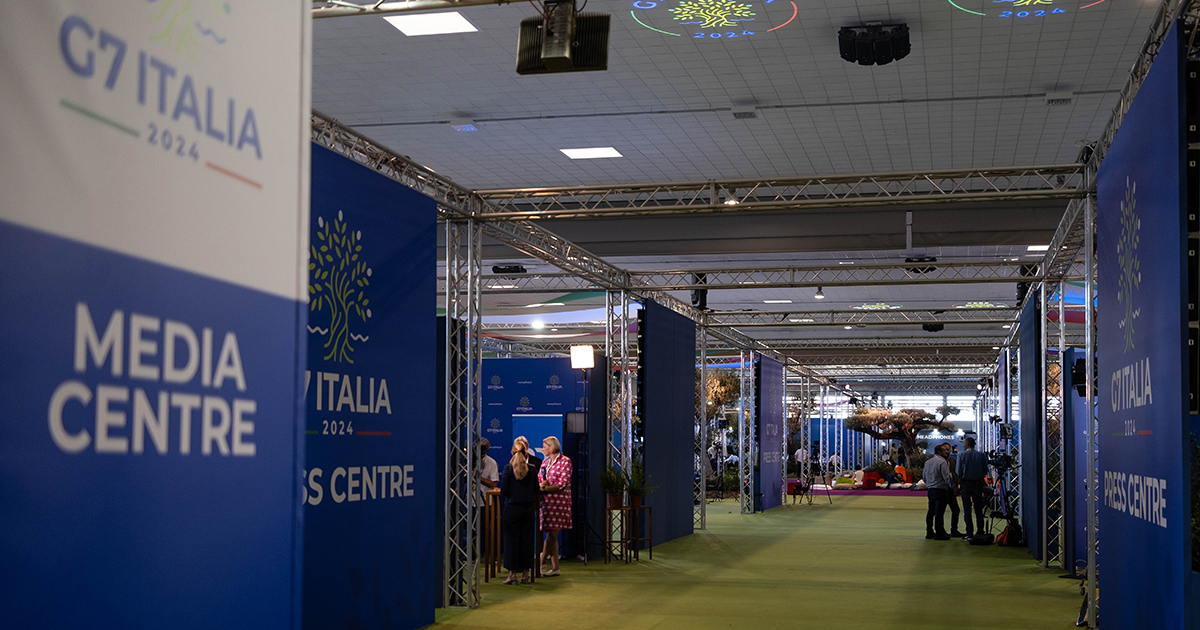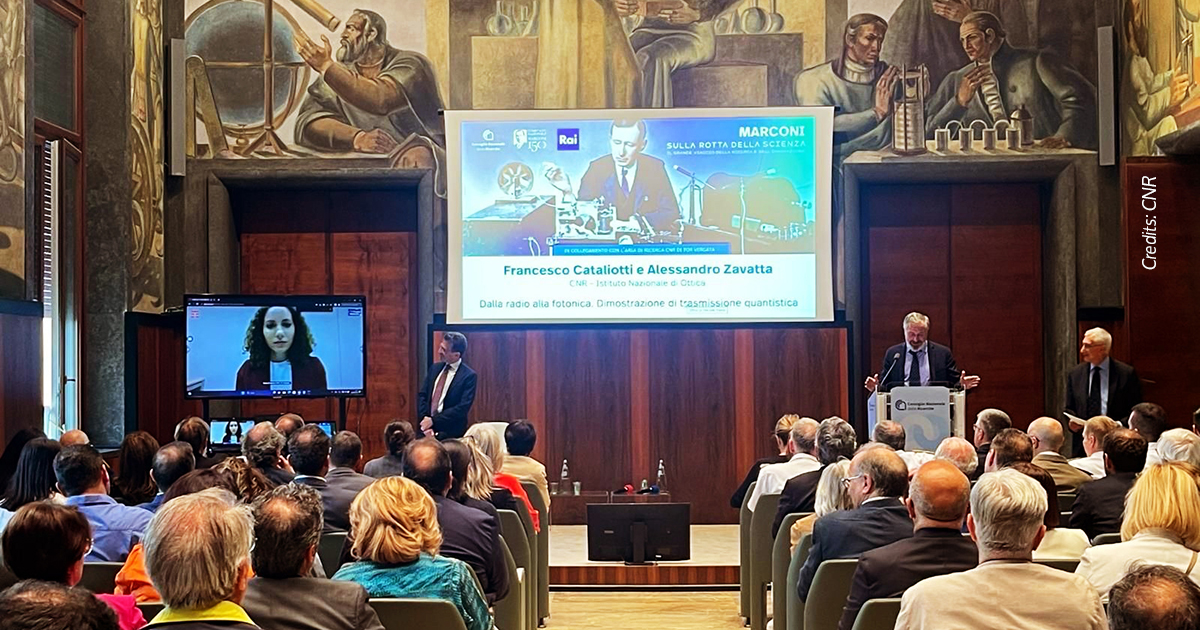In our previous blog post on Unveiling the National Quantum Strategies Worldwide – Part I, we had a look at what a strategy is, which objectives strategies serve, and we highlighted how 2023 has been a flourishing year for national governmental quantum initiatives.
What is the Strategies’ content and how QKD technology is addressed?
Looking closer at these programmatic documents, they present similar core concerns and objectives. The main focus? Research.
The fact that most strategies focus on promoting and supporting, including financially, research activities in the sector lies in the very innovative nature of quantum technology, which can unlock many potentialities still hidden. On the other hand, looking at the content of the national strategies considered, particular attention is devoted to the promotion of the development of quantum technology-based applications to foster the emerging quantum market. On the specific measures, a recent Insight highlighted that most national quantum strategies present:
- a focus on building connections among the actors of the quantum ecosystem, namely between academia, the industry and governments, often through funding hubs, laboratories, and accelerators;
- a concern about the effects of quantum computing on cryptography (we discussed it here), supporting actions to make systems be resistant to attacks by a quantum computer;
- concerns about human capital, or better its shortage, dedicating sections to procedures for providing recruiting, training, and retaining people with the required technical skills;
- an interest in securing the future quantum supply chain; and
- a will to engage in international collaborations with allies or aligned countries.
Other themes that, although not common to all the strategies, appear in several of them are:
- the recognition that the development of fundamental quantum research into real-world applications will require links to engineers, access to hardware and facilities, and manufacturing support;
- government and/or defence may need to act as an early adopter or first customer in order to support research-led startups and businesses in scaling.
What about quantum cryptography?
Among the existing solutions for security, the reference to the Quantum Key Distribution (QKD) is included in every strategy considered, with a greater or minor commitment by governments to develop and/or implement such technology in place of other solutions.
As for any new technology, risks associated with the use of quantum technologies will continue to emerge. A section dedicated to mitigating the risks associated with quantum is quite usual in national quantum strategies and the need for its implementation is widely recognised. For instance, the UK strategy recognises the “risk quantum computing will pose to national cyber security in the future by threatening the security of much of the existing public-key cryptography, upon which the information sharing and trust mechanisms of most modern systems depend.” The US strategy sets the necessity for infrastructure and support for quantum technologies and their impact, such as quantum-resistant cryptosystems and other post-quantum applications among the risk mitigation actions.
France included post-quantum cryptography among the specific technologies that the country would like to support, like Japan which considered quantum cryptography among the key technology areas of focus identified by the government.
Other strategies, including that adopted by The Netherlands, highlight the need to also develop supporting technologies, for example fast, high-efficiency detectors, which are crucial components of any QKD systems.
Finally, attention is paid to the way forward and to the fast commercialization of these products. The Canadian strategy recognises the need for support in developing commercially viable QKD, continuing engagement in standardization activities and integration of cryptographic schemes with existing security-based software architecture. India included the deployment of an inter-city QKD over 2000km, as well as a multi-node Quantum network with quantum memories among the deliverables of the “Mission”, while Japan’s strategy offers support for building infrastructure for the authentication of quantum cryptography communications equipment within the efforts toward practical application and industrialization in quantum security network.
As for the application fields of QKD, the Netherlands strategy refers to the financial services sector and the field of national defence and security.
What’s next
Quantum technology is a prominent field of research and development, where large investments are being allocated worldwide. To give some features, in October 2018 the European Union invested €1 billion in the ten-year Quantum Flagship. Several European countries including Germany (€2.6 billion), France (€1.8 billion), the Netherlands (€0.76 billion), and the United Kingdom (1 billion €), have made extensive national investments. Similar large research programs exist in North America, Asia, and Australia.
While national quantum strategies set ambitious objectives for any country willing to harness the potential of quantum technology and protect national competitiveness, no country can be considered a closed ecosystem in research innovations and capabilities, so that international cooperation at the governmental and industry levels seems to be a constant in the field.



